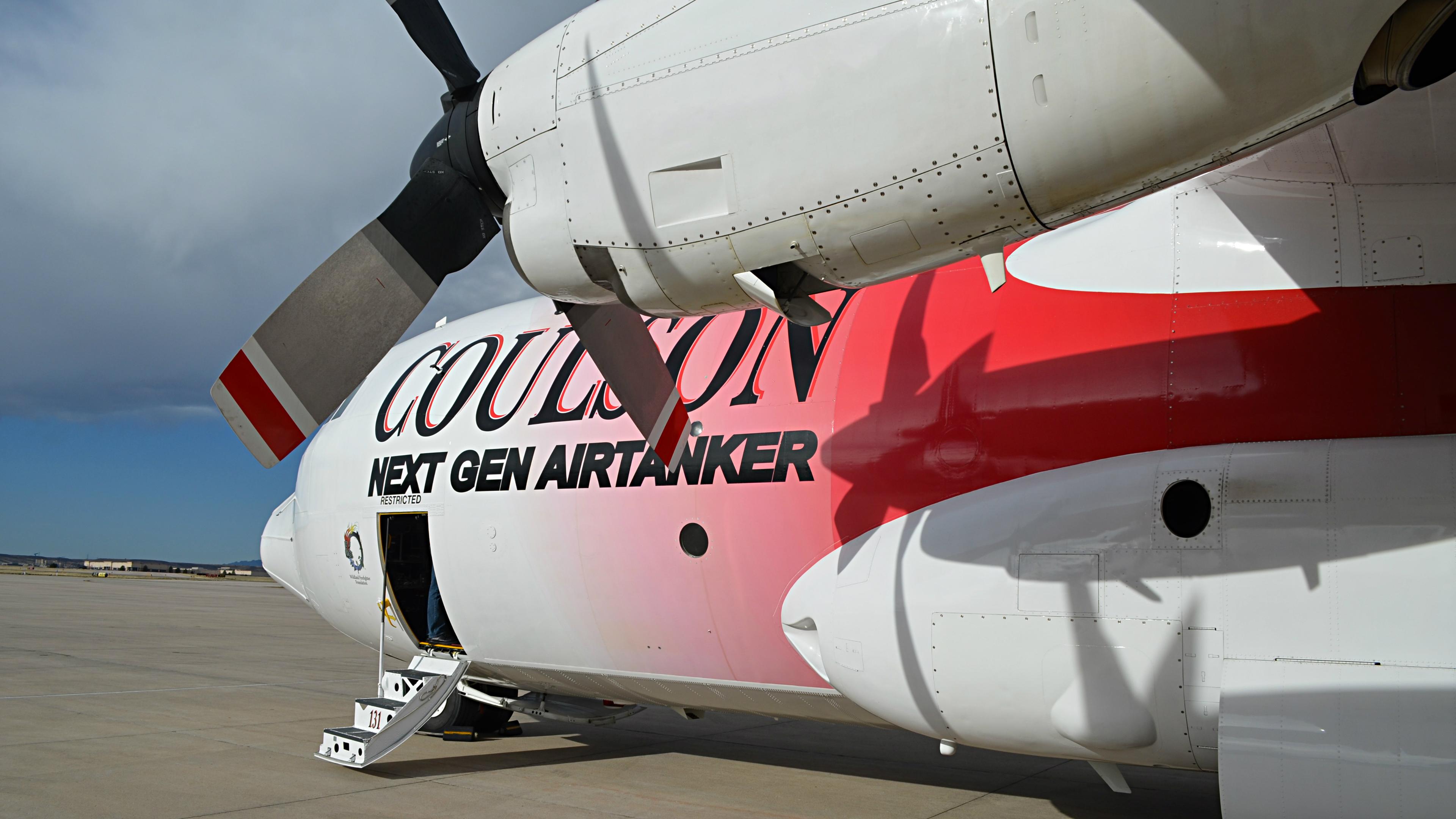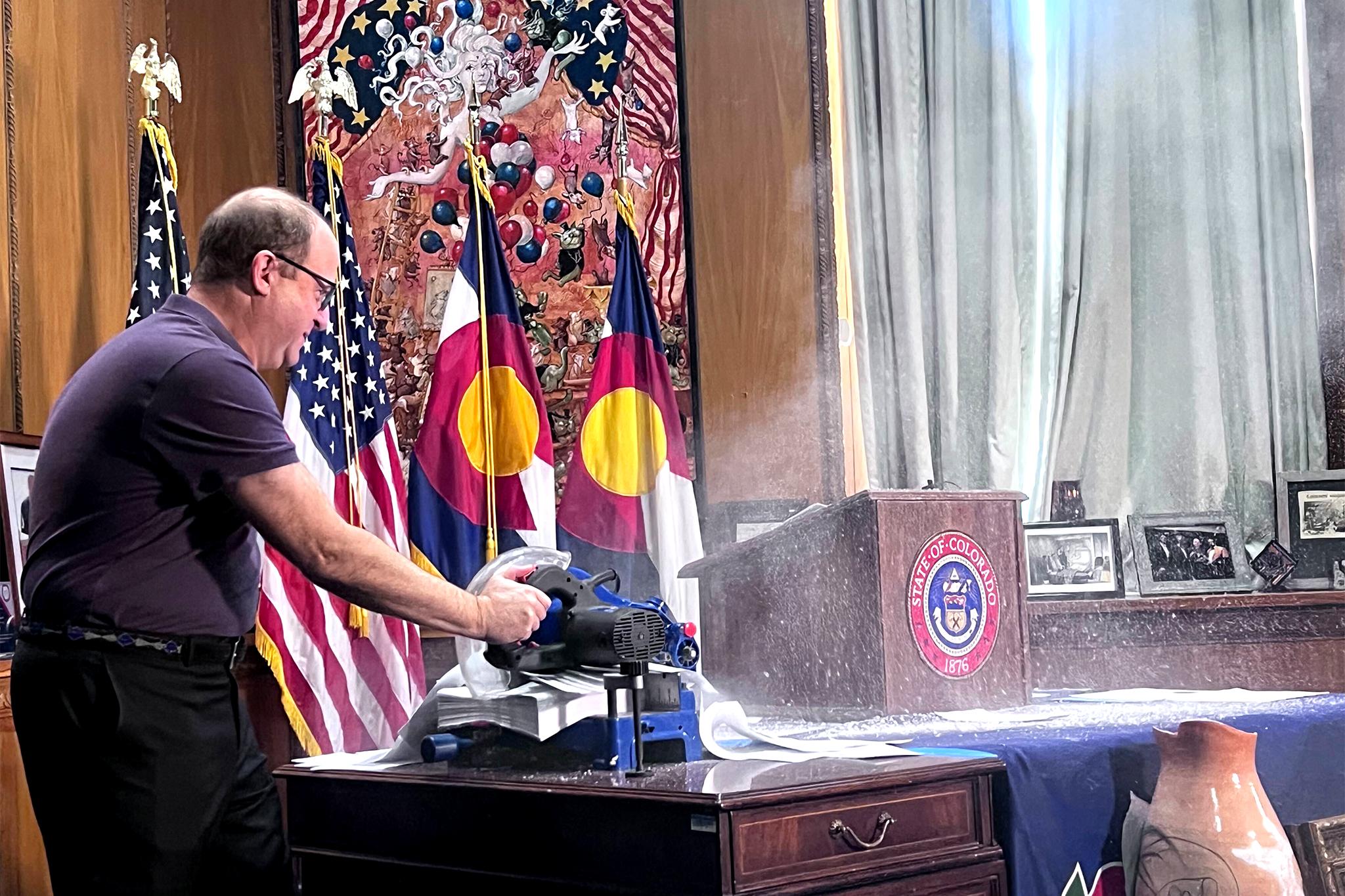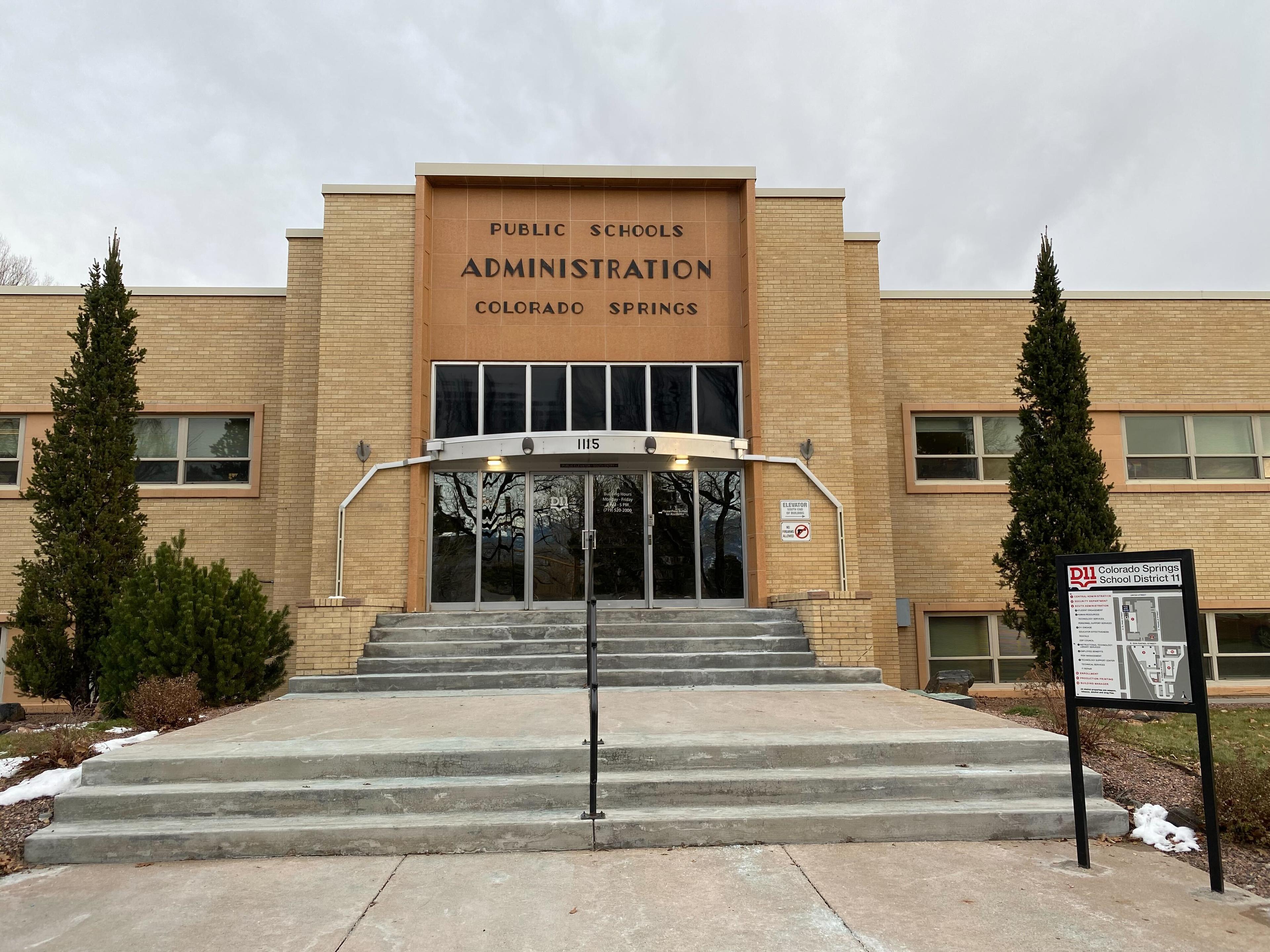
Colorado lawmakers are close to signing off on a $21.7 million plan to buy and lease a small fleet of firefighting aircraft.
Under the proposal, the state would contract for four helicopters and four small air tankers with the idea that the whole fleet would be operational by the time fire season really gets underway in early summer.
Colorado would also buy two small planes and equip them with state-of-the-art fire-detection systems.
In arguing for the aerial fleet, backers point out that two of the state's largest fires in recent years, the High Park fire and the West Fork fire complex, started as small burns that smoldered unchecked for days while Forest Service planes searched for them.
"The goal here is to try to spot these fires quicker and start attacking them sooner," Associated Press reporter Ivan Moreno says.
The new helicopters would be used to ferry firefighters to the front lines and, along with the small tankers, drop water and slurry on the flames.
"These helicopters are designed both to fly in Colorado's higher altitudes and higher temperatures," Moreno says. "They're specifically designed to get crews to remote locations quickly and also start assisting with fire suppression."
Retired wildlands firefighter Bill Gabbert, author of the websites wildfiretoday.com and fireaviation.com, warns that Coloradans shouldn't expect too much from its aerial fleet.
"Air tankers and helicopters do not put out fires," Gabbert says. “Under ideal conditions they can slow fires down so that firefighters on the ground can come in and put them out.”
Gabbert says that aircraft play their biggest role in the first 15 to 30 minutes of a fire, when the blaze is still small enough for water and slurry drops to have a real impact. But oftentimes in those situations, the aircraft are grounded by the same high winds that drive fires to rage out of control.
California and Oregon, the only two states that currently operate their own air fleets, have seen good results from their investments, according to Gabbert.
"I think almost all wildland firefighters would say having some aircraft is better than having no aircraft when it comes to suppressing fires," Gabbert says.
Federal air support on the wane
While lawmakers are ready to invest in smaller aircraft, they're taking a pass for now, on trying to acquire any of the largest class of firefighting aircraft: heavy air tankers.
The federal government's fleet of air tankers has shrunk dramatically in recent years, down from 44 in 2002 to fewer than a dozen available today.
Gabbert says federal officials in 2012 approved only about half of the requests received for heavy air tanker support for fires.
In a recent report to the state legislature, Colorado Division of Fire Prevention and Control director Paul Cooke wrote "a gap exists between the needs of Colorado and the available large air tanker resources provided by the federal government."
But Cooke stopped short of recommending that the state lease any large tankers of its own, which would cost nearly $12 million a year for two aircraft, saying that Colorado should instead continue to monitor federal efforts to increase its fleet.
Lawmakers ready to pay up
Colorado's firefighting fleet has been several years in the making. Last session, state lawmakers approved the idea in theory but failed to appropriate any money for it. Lawmakers this year are finding the funds in a couple of places: by reaching into the state's emergency reserves and delaying a transfer of cash into a fund to clean up toxic waste sites.
Despite all the election year tension, the plan has bipartisan backing with Senate President Morgan Carroll (D-Aurora) cosponsoring the measure with Senator Steve King (R-Grand Junction).
"When lawmakers in the Senate approved putting a placeholder on the budget for this fleet, really all you heard was support for it," AP reporter Ivan Moreno says.
Moreno points out that opposing the plan could be politically risky in an election year, especially if Colorado goes through another round of bad fires.
"I'm sure lawmakers would be hearing in the months leading up to election: ‘Why didn't you do anything?'," Moreno says. "So I think the timing of this also makes it more likely that something like this would pass this year."
Read: the Division of Fire Prevention and Control's Special Report on the Colorado Firefighting Air Corps.








